Pakistan has been reinserted into the Gulf’s evolving security architecture
Pakistan has been reinserted into the Gulf’s evolving security architecture
By Dure Akram, from Lahore / Pakistan
When Prime Minister Shehbaz Sharif’s plane descended into Riyadh last week, the spectacle was impossible to miss. Saudi Royal Air Force jets escorted him through the skies, and the Saudi Armed Forces extended a guard of honor on arrival. For a leader accustomed to the muted welcomes of IMF review meetings in Washington or donor pledges at Geneva, the pageantry was designed to dazzle. Yet what mattered was not the ceremonial flourish, rather the message Crown Prince Mohammed bin Salman intended to project: Pakistan’s partnership still carries weight, its deterrence remains relevant, and its place within the Gulf’s security order has been reaffirmed.
The visit coincided with the formal signing of a bilateral defense pact committing both states to treat an attack on one as an attack on both. In practice, military cooperation is not new. Pakistani soldiers have guarded the Kingdom’s borders and holy sites since the late 1960s. Generations of officers have trained Saudi pilots and infantry. But this week’s accord translates practice into treaty, transforming routine cooperation into a joint defensive umbrella. In a region where symbols shape perceptions as much as hardware does, the elevation of old understandings into a written commitment marks a moment of recalibration.
For Islamabad, the recognition arrives at a time of domestic fragility. The economy, kept afloat by IMF emergency lending, continues to operate with reserves covering little more than two months of imports — a precarious cushion for a nuclear-armed state. Inflation, while cooling from double digits, remains stubbornly high. Political turbulence has not eased since the ouster of Imran Khan, and violent extremist networks still test the state’s capacity to provide security.
The Riyadh pact also builds on a season of renewed diplomatic relevance for Pakistan. Only months earlier, Pakistan endured its most dangerous confrontation with India in years. After a deadly attack in Pahalgam in late April, the two nuclear-armed rivals exchanged fire across the Line of Control, with hostilities escalating in early May. What could have spiraled into another Kargil moment was contained within days.
On 10 May, both sides accepted a ceasefire. Pakistan framed its actions as self-defense, not provocation, and pushed for impartial investigations. That narrative found traction abroad, with analysts crediting Islamabad for earning “massive diplomatic capital” by projecting restraint.
Domestically, Pakistan also signaled resolve. In the 2025–26 budget, defense spending was raised by 20 per cent to PKR 2.55 trillion (about $9 billion), even as civilian expenditures were cut. More telling was the announcement of a new Army Rocket Force Command, tasked with managing the country’s missile capabilities. Taken together, these measures signaled that Pakistan is not in the mood to stand passively in the face of its rival, but was recalibrating its deterrent posture.
Diplomatically, Islamabad reinforced this stance by closing airspace to Indian carriers, suspending trade, and halting visa links; a response shaped as much by frustration with rebuffed overtures as by the need to project resolve.
It is against this backdrop of renewed diplomatic capital after May and of carefully crafted deterrence signaling that Riyadh’s embrace gains meaning.
The Pakistan–Saudi relationship has always straddled pragmatism and patronage. Riyadh has repeatedly thrown Islamabad financial lifelines — from deferred oil payments to multi-billion-dollar deposits in the central bank. In July 2023, a $2 billion Saudi deposit helped unlock Pakistan’s latest IMF bailout. In return, Pakistan has supplied the Kingdom with military manpower, trainers, and logistical support. This relationship of mutual convenience, however, was often cast as unequal: Pakistan as the supplicant, Riyadh as the benefactor. What has shifted is perception. In an era where Saudi Arabia is asserting greater autonomy, balancing ties with Washington and Beijing, joining BRICS, and mediating with Iran, Pakistan is being recast not as a dependent but as a strategic partner embedded in the Gulf’s security calculus.
That recalibration carries regional implications. India, which has spent the past decade cultivating energy and trade ties with Riyadh, will be watching closely. Saudi crude supplies nearly a fifth of India’s oil needs. More than 2.5 million Indian workers in the Kingdom send home billions of dollars annually, underpinning Delhi’s balance of payments. India has also sought to position itself within the Israel–Gulf security framework, particularly through the I2U2 grouping alongside Israel, the UAE and the United States. The optics of a Saudi–Pakistani defense accord complicate this picture. While neither Riyadh nor Islamabad is contemplating an anti-India military front, the symbolism punctures Delhi’s narrative of Pakistan as isolated and irrelevant. It shows that even in an era of Indian ascendance, Islamabad cannot be written out of the region’s equations.
Israel, too, will take note. Riyadh has flirted with formalizing ties with Tel Aviv, encouraged by Washington. The prospect of Saudi–Israeli normalization was, until Gaza’s war reignited in 2023, central to US regional strategy. Yet Riyadh’s simultaneous reaffirmation of its bond with Pakistan suggests it is unwilling to discard an older security partner even as it experiments with new alignments. For Tel Aviv, the message is that Saudi Arabia’s security calculus cannot be reduced to a single axis. Pakistan’s role, though complicated, is not expendable.
Still, triumphalism in Islamabad would be misplaced. Riyadh’s embrace carries risks as well as rewards. Formal defense commitments may invite expectations that Pakistan cannot easily fulfil. The Kingdom’s entanglements — from its long, grinding war in Yemen to the delicate rivalry with Iran — present scenarios where Islamabad may face uncomfortable choices. A military overstretched by counterterrorism at home and limited in resources cannot afford open-ended obligations abroad. The danger lies in overextension: appearing unable to deliver on promises risks damaging credibility rather than enhancing it.
Moreover, while military alignment may bolster strategic standing, it does not resolve Pakistan’s internal vulnerabilities. Reserves remain precarious, the tax base is narrow, and exports are stagnant. Flood recovery continues to strain fiscal capacity, while militant attacks in Khyber Pakhtunkhwa and Balochistan underscore persistent insecurity. No defense treaty can offset the economic fragility that limits Pakistan’s global influence. Recognition from Riyadh, though valuable, is no substitute for reform in Islamabad.
Clarity and accountability are prerequisites if this pact is to strengthen rather than burden Pakistan. Historically, parliament has been kept at a distance from the details of military cooperation with Gulf monarchies. Past deployments of Pakistani troops in Saudi Arabia often occurred without public debate. Citizens deserve to know the scope of commitments, particularly if they risk entangling Pakistan in conflicts beyond its control. Without transparency, even the perception of secretive deals could erode the very recognition Islamabad has just secured.
The broader regional context makes the timing of the accord particularly significant. Saudi Arabia is pursuing a multi-vector foreign policy. It is mediating with Iran under Chinese auspices, investing in India’s technology sector, maintaining an oil partnership with Russia through OPEC+, and still reassuring Washington of its strategic utility. The Kingdom is not abandoning old partners, but nor is it content to be a subordinate ally. Within this new Gulf geometry, Pakistan’s formal re-entry signals that Riyadh still values its historic partners even as it broadens horizons.
For Islamabad, the opportunity lies in careful calibration. Over-identification with Riyadh’s strategic ambitions could invite unnecessary risks. At the same time, detachment would squander a rare chance to regain regional relevance. The challenge will be to translate symbolic recognition into durable influence: using the pact to expand defense cooperation, secure new investment, and enhance Pakistan’s leverage in multilateral forums, without succumbing to overcommitment.
The Saudi jets that flanked Shehbaz Sharif’s arrival were more than diplomatic theater; they were a deliberate signal to the broader region. Pakistan has been reinserted into the Gulf’s evolving security architecture not as a petitioner, but as a partner whose geography and military capacity still shape outcomes. Whether this symbolism hardens into substance will depend less on ceremonial displays than on domestic reform and disciplined foreign policy. For now, recognition matters: in the shifting geometry.



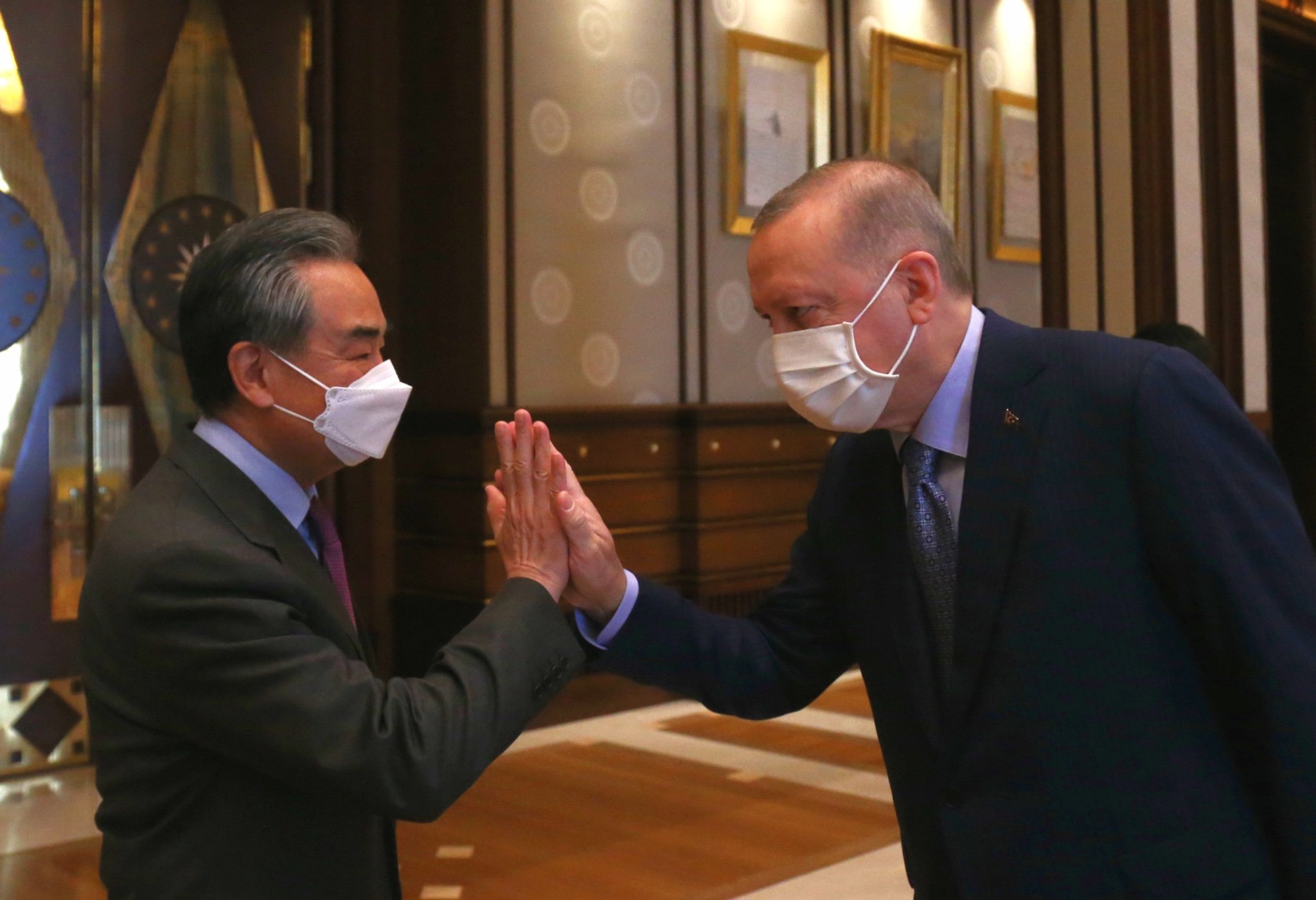
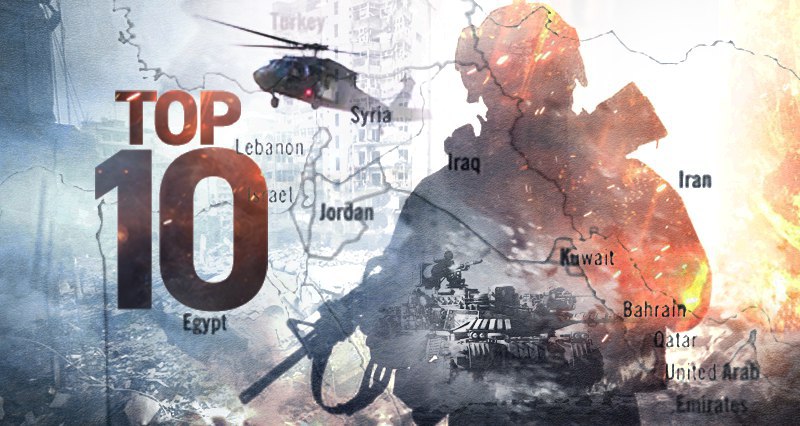
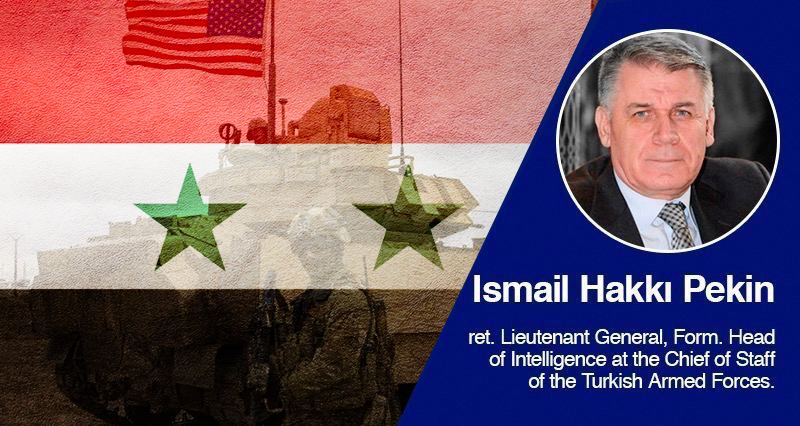

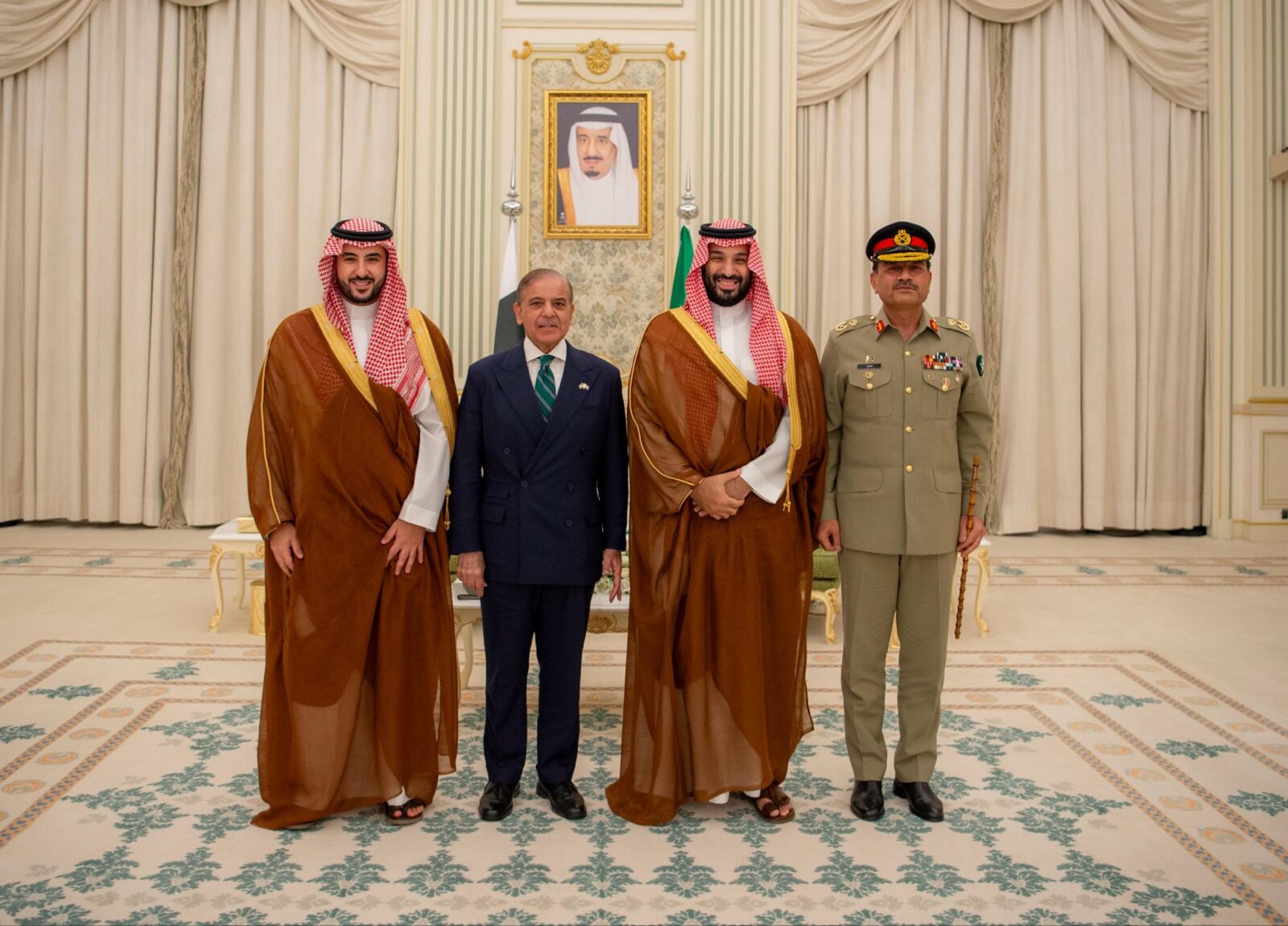


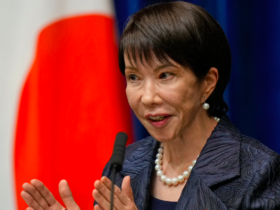
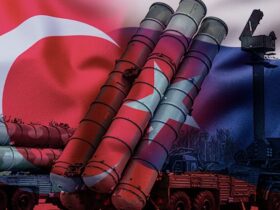
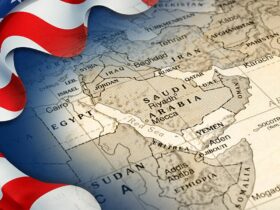
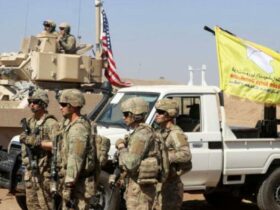

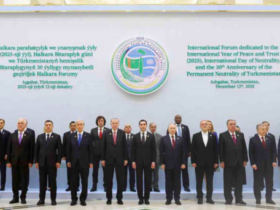
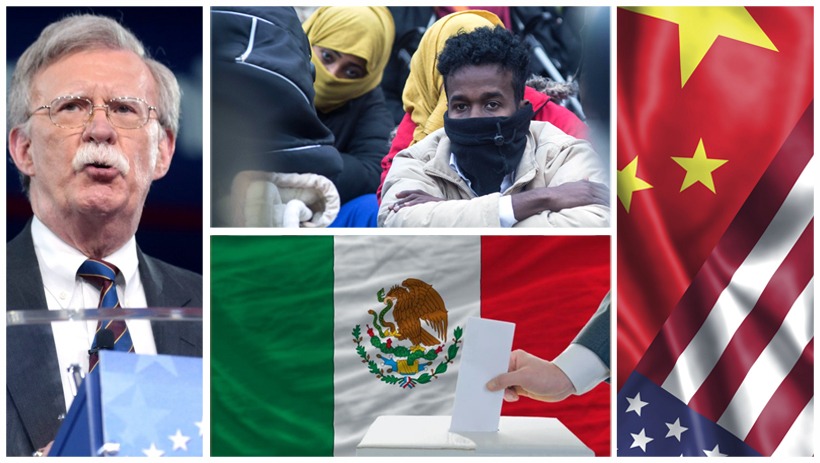
Leave a Reply